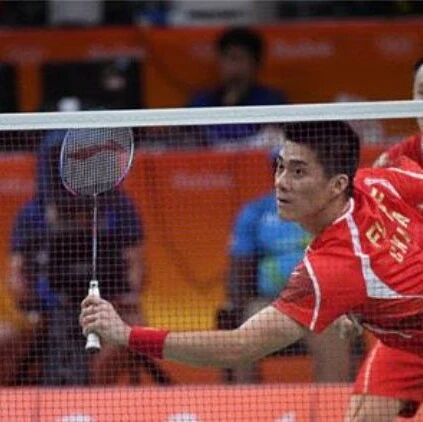Should you rely on your upper arm to generate power when lifting the ball? Master these 3 key points, and turn passivity into proactivity.
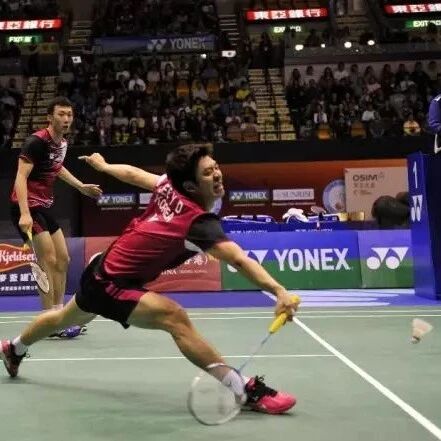

The lob is a defensive technique used passively, typically to defend against opponents' drop shots or high-quality net plays. But when executing a well-placed, high and long lob, do you really need to engage your entire arm—shoulder and all—to generate the necessary power? Actually, no. Today, we’ll walk you through the correct method for performing a lob.
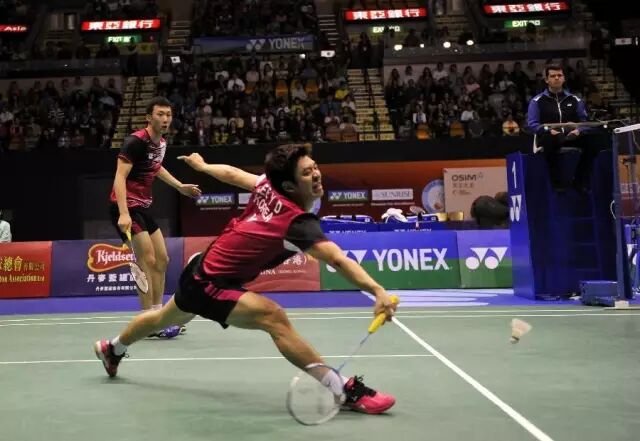
Smashing the ball may seem simple, but have you ever wondered: why do your smashes so often lead to basic mistakes? For instance, smashing the ball into the net, failing to place it properly and giving your opponent a chance for a powerful mid-court attack, or even sending the shot straight out of bounds. These errors typically stem from factors like footwork, racket swing, hitting point, and racket face orientation.

1. Pace
Take the example of hitting with your right hand holding the racket: Place your right foot forward and your left foot slightly behind. (If performing a wide-step overhead shot, ensure your right knee doesn’t extend past your toes, and let your left toe lightly graze the ground—this helps minimize the risk of injury.) As your feet touch the ground, immediately follow through with the shot, coordinating your footwork seamlessly with your racket motion. You should never step first and then hit the ball, nor should you hit the ball before landing your feet.
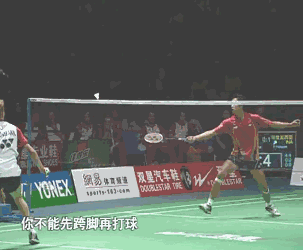
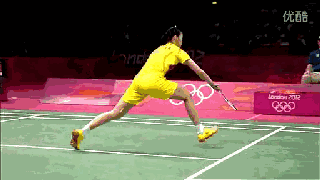
Big-step lob with the left foot dragging on the ground
2. Swing the racket
When lifting the ball, don’t rely on swinging your entire arm—many players overextend their backswing, relying primarily on their shoulder joint to generate power, much like when hitting a tennis forehand. Unfortunately, this approach not only results in a lack of speed but also disrupts the consistency of your technique. Instead, the correct way to lift the ball is to focus mainly on wrist movement: externally rotate your forearm, extend your wrist, and smoothly guide the racket into position. Once the racket makes solid contact with the ball, apply force through your fingers and wrist—first lifting the ball upward, then driving it forward. This precise sequence allows you to execute a high, powerful, and well-placed lifted shot.
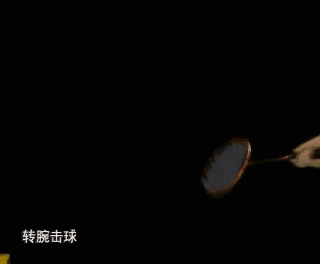
Leverage your wrist to lift the ball.
After lifting the shuttlecock, let the racket follow through with its momentum—meaning you don’t need to stop the swing immediately after the lift. In many badminton techniques, this "follow-through" motion is essential, as it leverages the inertia of your body’s movement to complete the stroke smoothly. This not only ensures a solid hit but also enhances the overall stability of your shot.
3. Contact Point and Racket Face
When the ball is hit far from the net or at a higher hitting point, the racket face can be slightly tilted backward and angled upward to lift the ball.
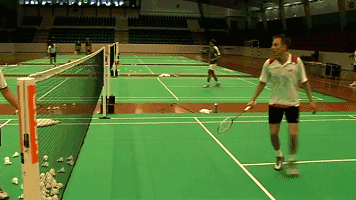
Dribble the ball upward and forward
When the ball is close to the net or struck at a low point, the racket face should be tilted back significantly, almost pointing upward. At the moment of impact, apply a firm upward "lifting" motion to generate more swing and prevent the ball from dipping into the net.
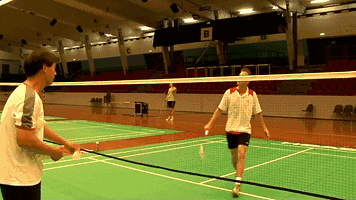
Netting the ball with a near-upward motion

When playing badminton, it’s important to be flexible and adaptable—don’t get too rigid. For instance, we often hear that you should try to minimize net shots, as they’re a passive technique that can leave you on the defensive. However, for amateur badminton players, the power of backcourt attacks is usually limited. In many cases, a well-placed, clever net shot can actually serve as an effective offensive strategy.
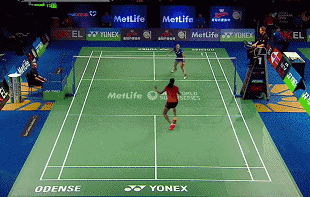
Instantly forcing the opponent back, making it hard for them to retreat.
For example, when the ball is near the net and your opponent is positioned in the mid- or forecourt—or about to move forward—use a quick flick of your forearm and wrist to lob the ball over their head. This makes it nearly impossible for them to generate power, even if they try. It’s more than enough to handle amateur players effectively.

To master the overhead passing technique, daily practice is essential. Training methods:
1) Multi-ball practice: One person tosses the balls, while the other lifts them.
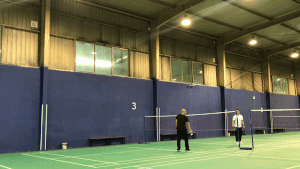
2) One person lifts the ball, while the other one tosses it—this is a great practice method that allows both players to hone their individual skills.
Finally, let’s summarize the technique for picking up the ball. Focus on using your wrist to generate power—avoid relying heavily on your arm. For shots taken farther from the net, apply force slightly forward and upward; for closer shots, first drive the racket upward before directing it toward the ball. And don’t forget to follow through with a smooth, complete motion after you’ve completed the stroke. Lastly, remember to save this tip and share it with others—keep practicing regularly, and you’ll see steady improvement!
More article recommendations:
What’s better to watch when receiving a badminton serve—people or the shuttlecock?
How to increase ball speed without hitting out—check out these tips!
To excel in doubles, these 6 qualities are essential for you to possess.
Related Articles
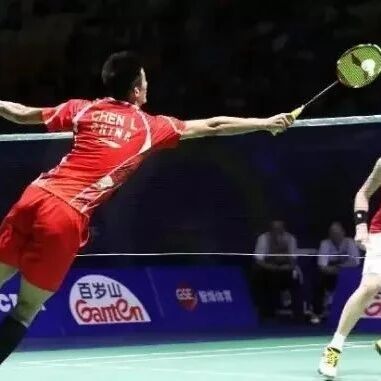
The ultimate analysis of the best techniques for grabbing high points, helping you develop the habit of securing those key positions.
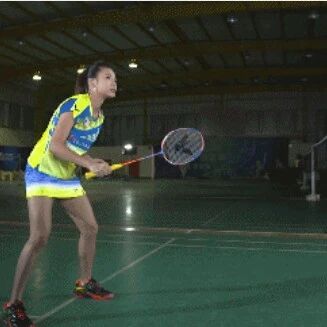
If you master this technique, you'll never feel flustered again when facing a smash.
